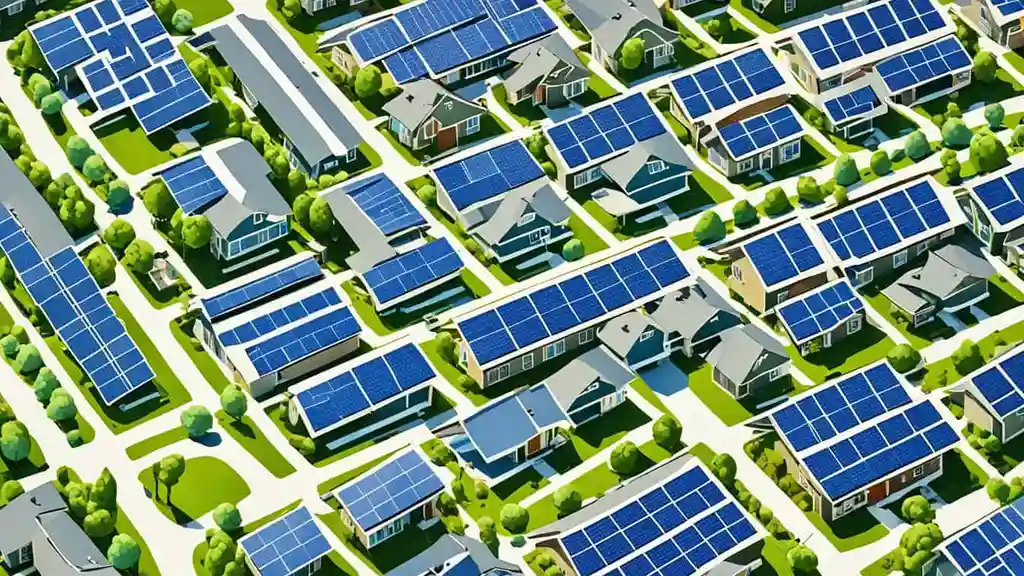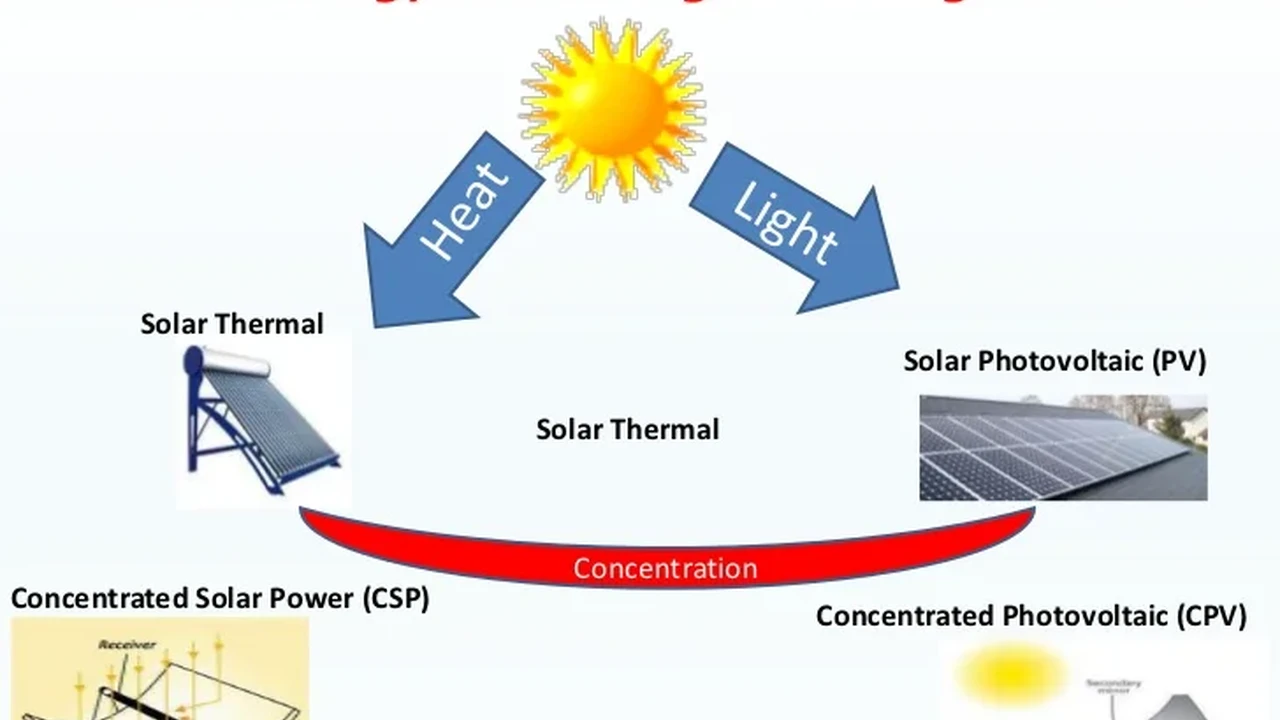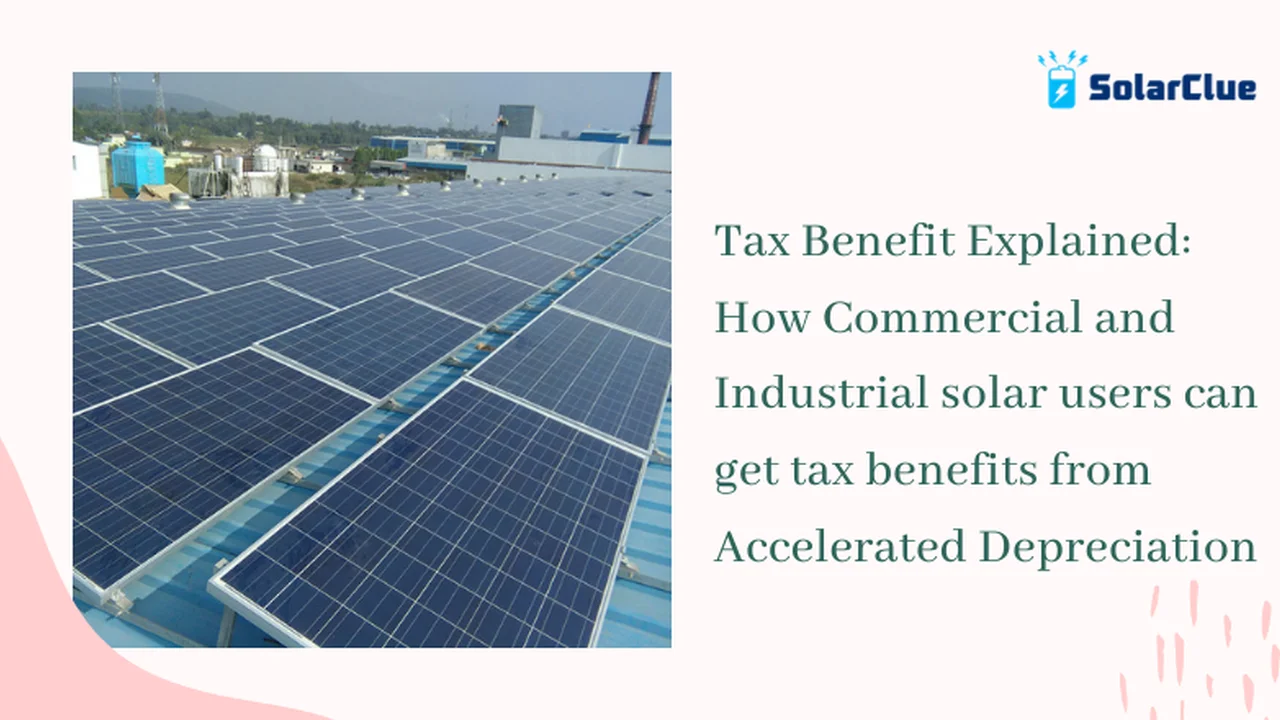Solar Panel and Blockchain Technology: Tracking Energy

Introduction to Solar Energy Tracking with Blockchain Technology
Hey there! Ever wondered how we can make solar energy even *more* efficient and transparent? Well, blockchain technology might just be the answer. We're talking about combining the power of the sun with the security and traceability of blockchain. Sounds cool, right? This article dives into how these two technologies are merging to revolutionize the energy sector. Think about tracking every kilowatt-hour produced, traded, and consumed, all on a secure, immutable ledger. We'll explore the benefits, the challenges, and some real-world examples of this exciting intersection.
The Synergy Between Solar Panels and Blockchain Energy Solutions
So, why blockchain? Traditional energy grids can be opaque. It's hard to know exactly where your energy is coming from and how much it costs. Blockchain offers a solution by providing a transparent and decentralized platform for energy transactions. Imagine a system where solar panel owners can directly sell excess energy to their neighbors without intermediaries. Blockchain makes this peer-to-peer (P2P) energy trading a reality, cutting out the middleman and potentially lowering costs for consumers. Plus, the immutable nature of blockchain ensures that all transactions are recorded accurately and securely, preventing fraud and building trust.
Enhancing Energy Transparency with Blockchain Solar Panel Integration
Transparency is key, right? With blockchain, every step of the energy process, from generation to consumption, can be recorded on the ledger. This allows for greater accountability and helps to build trust among all stakeholders. Think about being able to trace the exact origin of your solar energy, ensuring that you're truly powering your home with clean, renewable sources. This level of transparency can also help to identify inefficiencies in the energy grid and optimize energy distribution.
Tracking Solar Energy Production and Consumption Using Blockchain Platforms
How does it actually work? Smart contracts, self-executing agreements written into the blockchain, play a crucial role. These contracts can automatically manage energy transactions based on pre-defined rules. For example, a smart contract could automatically transfer payment to a solar panel owner when they supply a certain amount of energy to the grid. This automation reduces the need for manual intervention and streamlines the entire process. Furthermore, blockchain can facilitate the creation of microgrids, localized energy networks that are independent of the main grid. These microgrids can improve energy resilience and provide a more reliable source of power, especially in remote areas.
Benefits of Implementing Blockchain in Solar Panel Energy Management
Okay, let's break down the benefits:
- Increased Transparency: Know exactly where your energy is coming from.
- Reduced Costs: Cut out the middleman in energy transactions.
- Improved Efficiency: Optimize energy distribution and identify inefficiencies.
- Enhanced Security: Secure and immutable record of all transactions.
- Greater Sustainability: Promote the adoption of renewable energy sources.
Real-World Applications of Solar Panel and Blockchain Technology
It's not just theory! There are already some cool projects happening around the world. For example, in Brooklyn, New York, a microgrid is using blockchain to facilitate P2P energy trading among neighbors. Solar panel owners can sell their excess energy to nearby residents, creating a more sustainable and resilient energy system. Another project in Australia is using blockchain to track the provenance of solar panels, ensuring that they are ethically sourced and environmentally friendly. These are just a couple of examples of how blockchain is being used to transform the energy sector.
Challenges and Opportunities in Blockchain Solar Panel Adoption
Of course, there are challenges. Scalability is a big one. Blockchain networks need to be able to handle a large volume of transactions to be truly effective. Regulatory uncertainty is another hurdle. Governments need to create clear and consistent regulations to support the adoption of blockchain technology in the energy sector. However, the opportunities are immense. Blockchain has the potential to revolutionize the energy industry, creating a more sustainable, efficient, and transparent energy future.
Specific Solar Panel Products and Blockchain Integration
Now, let's talk about some specific products that are leading the way in blockchain-integrated solar solutions. While direct "blockchain solar panels" aren't a thing (the panel itself doesn't *have* blockchain), it's the *management system* connected to the panels that leverages the technology. Think of panels connected to inverters and monitoring systems that record energy production on a blockchain.
SolarCoin (SLR): Rewarding Solar Energy Production with Cryptocurrency
SolarCoin isn't a physical product, but rather a cryptocurrency awarded to solar energy producers. For every MWh of solar energy produced, users can claim 1 SLR. This incentivizes solar adoption and creates a decentralized reward system. While not directly integrated into the panel itself, it rewards and tracks solar energy production on a blockchain, fostering a community of solar energy producers. You can find more information at SolarCoin.org. It is not a product for sale, but a reward system.
WePower: Tokenizing Energy and Facilitating P2P Trading
WePower is a blockchain-based platform that allows renewable energy producers to tokenize their energy production and sell it directly to consumers. This creates a more transparent and efficient energy market, cutting out intermediaries and lowering costs. While not a direct solar panel product, WePower integrates with solar panel systems to track energy production and facilitate P2P energy trading. They've partnered with various solar farms globally. Their platform allows businesses to buy renewable energy directly from producers. You can find more information on their website.
LO3 Energy: Local Energy Marketplaces and Microgrids
LO3 Energy focuses on building local energy marketplaces using blockchain technology. Their platform allows homeowners with solar panels to sell excess energy to their neighbors, creating a decentralized and resilient energy grid. The Brooklyn Microgrid project is a prime example of their work. They provide the software and infrastructure to enable these local energy markets. While they don't sell solar panels directly, their platform allows for the seamless integration of solar energy into local energy grids. They offer various software solutions for energy trading and management.
Comparing Blockchain-Enabled Solar Energy Platforms
Let's compare these platforms:
- SolarCoin: Primarily a reward system. It incentivizes solar energy production with cryptocurrency but doesn't directly facilitate energy trading. It's a good option for individuals and small businesses looking to earn rewards for their solar energy production.
- WePower: Focuses on tokenizing energy and facilitating P2P trading on a larger scale. It's suitable for larger renewable energy projects and businesses looking to buy renewable energy directly from producers.
- LO3 Energy: Concentrates on building local energy marketplaces and microgrids. It's ideal for communities looking to create a decentralized and resilient energy grid.
Pricing and Availability of Blockchain Solar Energy Solutions
Pricing varies greatly depending on the specific solution. SolarCoin doesn't have a direct price; it's earned through energy production. WePower's pricing depends on the volume of energy traded on their platform. LO3 Energy's pricing is based on the software and infrastructure solutions they provide. For specific pricing information, you'll need to contact each company directly.
Future Trends in Solar Panel Technology and Blockchain Integration
The future looks bright! We can expect to see more widespread adoption of blockchain technology in the energy sector. As blockchain technology matures and regulatory frameworks become clearer, we'll likely see even more innovative applications emerge. Think about using blockchain to manage energy storage systems, track carbon credits, and create more sustainable energy solutions.
:max_bytes(150000):strip_icc()/277019-baked-pork-chops-with-cream-of-mushroom-soup-DDMFS-beauty-4x3-BG-7505-5762b731cf30447d9cbbbbbf387beafa.jpg)






